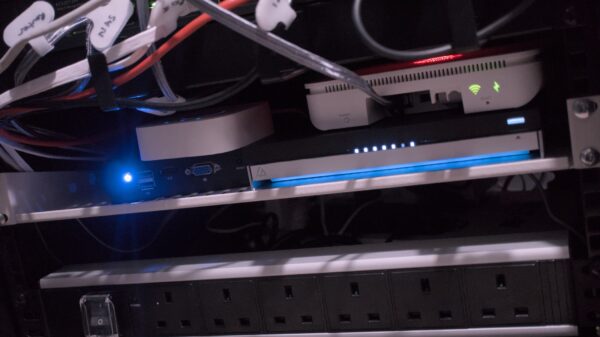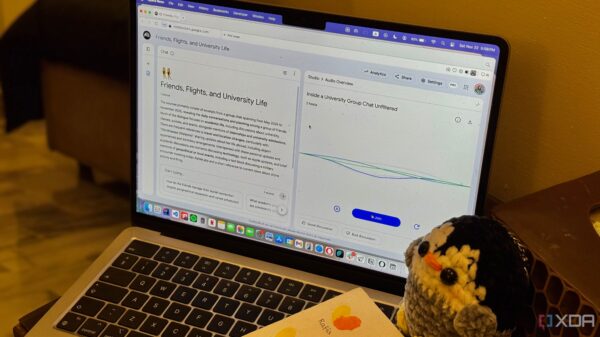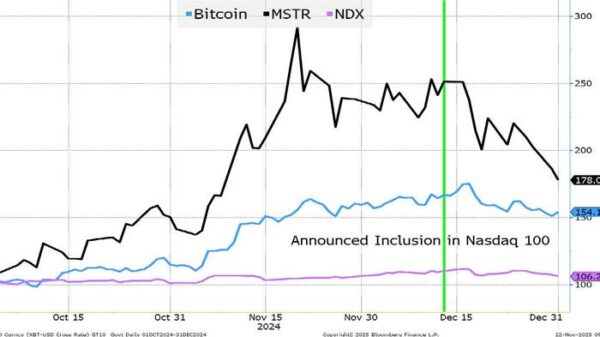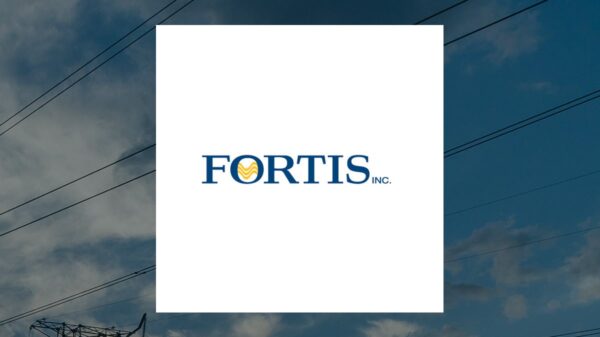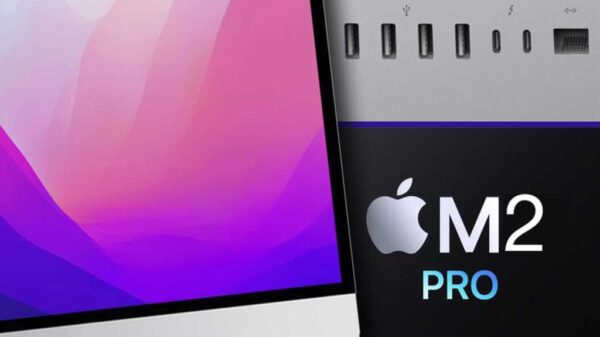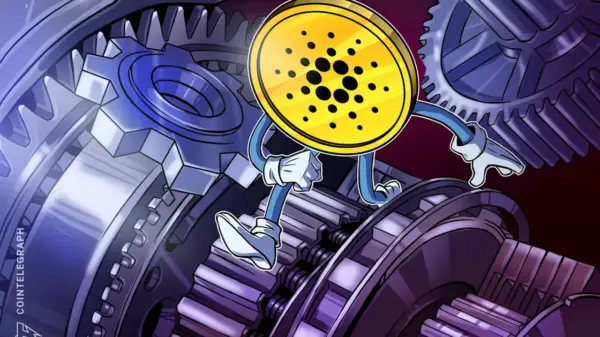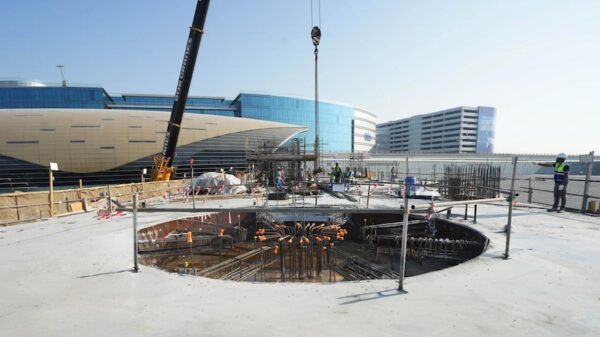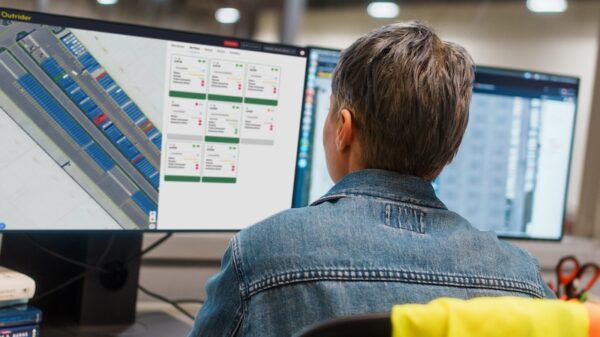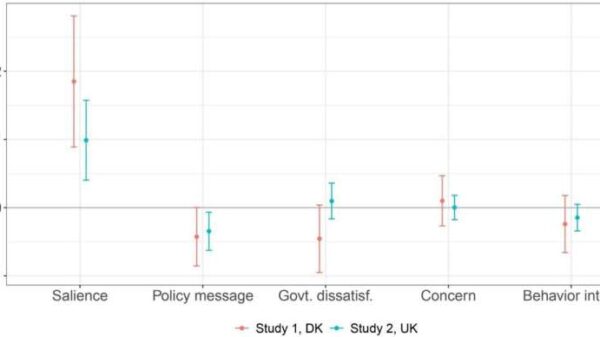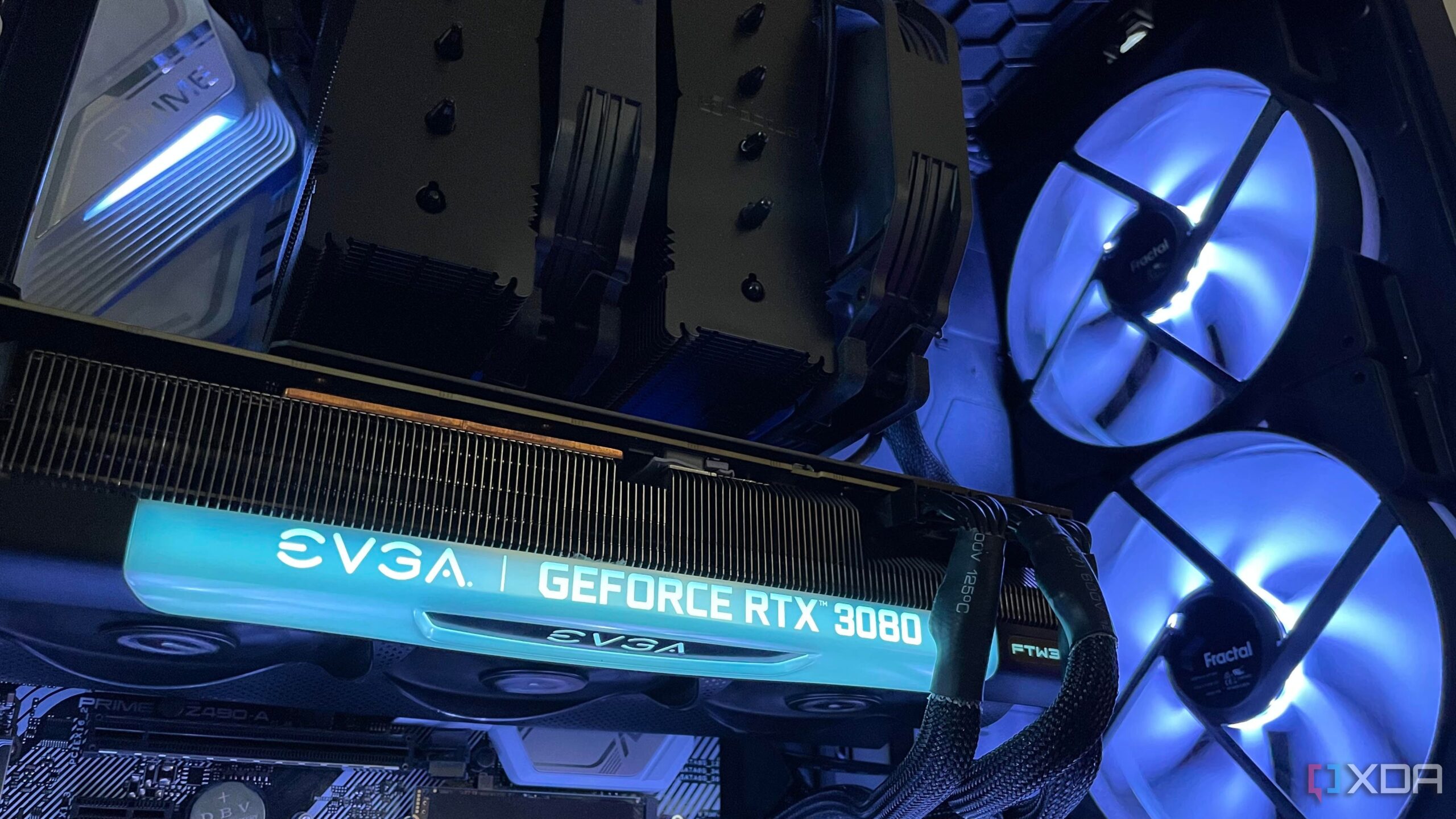UPDATE: The ongoing DRAM shortage has triggered a dramatic surge in memory prices, compelling PC builders to rethink their upgrading strategies NOW. With costs soaring and supply tightening, anyone planning to upgrade to DDR5 or DDR4 in the coming years may face an overwhelming financial burden.
This price spike has emerged suddenly, with reports indicating that high demand driven by AI and enterprise workloads is consuming DRAM resources at an unprecedented rate. As manufacturers pivot to more lucrative contracts for enterprise clients, consumer memory options are becoming increasingly scarce, leaving many gamers and builders in a precarious position.
Experts warn that this isn’t just another routine price fluctuation. Prices have surged sharply, and the trend is projected to continue into late 2025 and potentially even 2026. Those who had hoped to “upgrade later” are now confronting a much steeper market than anticipated.
The notion of “future-proofing” is rapidly evolving. Traditionally viewed as a means to extend the lifespan of a PC build, it now underscores the necessity of timely upgrades. Those delaying purchases are likely to find themselves trapped in a market that is both expensive and unpredictable.
Current market conditions suggest that now is the time to act. Reports indicate that pricing for components like high-bandwidth memory (HBM) — crucial for AI accelerators — has reached new heights. This shift has left consumer-grade memory options like DDR5 and DDR4 at risk, as companies prioritize more profitable sectors.
For example, those who recently upgraded their systems are now reaping the benefits. A user in Canada shared that they upgraded their RTX 3080 and RAM just months before the price hike. They noted, “I got lucky; getting my upgrades in 6 or 7 months before this massive hike wasn’t a calculation, but rather a realization that things were mostly stable.”
The message is clear: waiting for the ideal moment to upgrade could result in paying a premium for outdated technology. The growing consensus among tech enthusiasts is to invest in upgrades while prices are still manageable.
As market conditions shift, the importance of monitoring hardware performance cannot be overstated. With the demand for high-performance gaming and AI applications rising, those with aging hardware must act quickly.
In light of these developments, potential buyers should prioritize components that offer a clear upgrade path. By doing so, they can mitigate the risk of facing exorbitant costs for parts that could have been acquired at a more reasonable price.
The changing landscape of PC hardware demands immediate action from builders and gamers alike. As the DRAM shortage continues, the time to upgrade is now — before prices climb further and options dwindle.
Stay tuned for more updates as this situation evolves and impacts the tech community around the globe.





